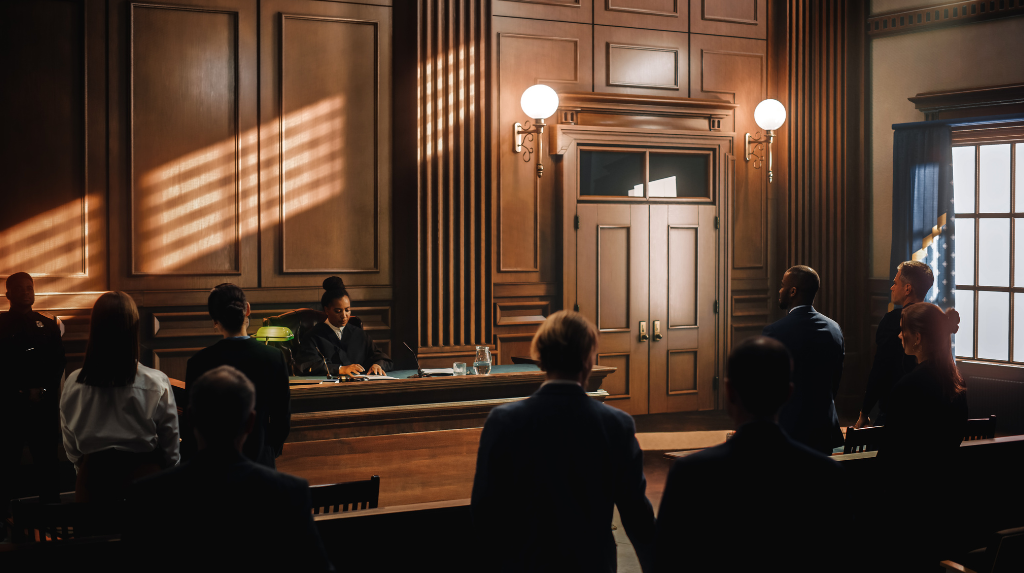This is contained in the legal formalities of the United States of America Immigration and Nationality Act which is also known as I. N. A. is a framework that consists of sundry grounds of inadmissibility. “Such one of these grounds is the so-called ‘permanent bar’, which is quite worrisome to the individuals who want to enter the United States. Let us now analyze what the permanent bar is and where it comes from, as well as answer the most nagging question – is it indeed permanent?
The Definition
Definition of inadmissibility The term inadmissibility is frequently used in the context of immigration law and refers to legal reasons that may prevent a person from entering the United States. Of these barriers ‘The permanent bar’ is unique and weighs much heavier than the rest. It will be an albatross that will apply to green card applicants as well as most short-term or what is termed as nonimmigrant visa applicants.
Legislative Basis
The permanent bar comes from section 212(a)(9)(C)(i) of the INA. It defines inadmissibility as any alien who (i) has unlawfully stayed in the U.S. for over one year or (ii) has received a removal order under section 235(b)(1), section 240, or any other law and seeks to reenter the U.S.
Application of the Permanent Bar
For that purpose, it will be useful to discuss the application of the concept concerning an example. For example, if a person entered the US immorally from Mexico and lived there for one year and then visited his/her home country for some time only to try crossing the border towards the US again this time the second time. In any case, irrespective of the outcome of this second try, the individual automatically becomes inadmissible under this section. Quite often, for instance, an individual may spend several days in the U. S and then return after several days or several weeks; and even if the overall time spent in the country exceeds one year, the “aggregate” condition is satisfied.
The permanent bar also applies to individuals who entered the U.S. through fraud or misrepresentation and then left, as well as those who were removed or deported and then sought to re-enter without proper admission.
Deciphering “Unlawful Presence”
To comprehend the permanent bar it is imperative to define the term unlawful presence. In general terms, it relates to persons who entered the United States. This is usually evident among those individuals who entered the country illegally (for instance, by stealth) or those who entered the country legally but then overstayed their visas. g. This includes foreign nationals with temporary permission to be in the U.S. (whether through a visa or the Visa Waiver Program), but who have remained beyond the terms of their permit legally.
Some argue that the non-reviewable exceptions for unlawful presence also apply to the permanent bar, given its basis in inadmissibility grounds like the three- and ten-year bars. For example, exceptions exist for children or individuals who haven’t finished their refugee status process. However, these arguments have not succeeded so far. For the second legal requirement, consult an immigration lawyer who stays updated on the latest regulations in your jurisdiction.
The only two existing exceptions related to timing Stemming from federal rules cooperative procedures are the permanent bar effective date of April 1, 1997. First, a person who last entered the United States before this date and left due to a previous deportation is not covered by the permanent bar. Second, the one-year aggregate period does not apply to any unlawful presence accumulated before April 1, 1997, when the IIRIRA Act went into effect.
Is the Permanent Bar Truly Permanent?
Contrary to most other grounds that can be waived or rendered invalid within certain periods, the permanent bar remains a more significant hurdle. However, it is not impossible to overcome with human ingenuity and innovativeness.
According to the act, it is stated that those who are liable to the permanent bar may apply for their readmission into the U. S after waiting for at most ten years. I should note that one must complete not only ten years of study but also ten years in another country besides the United States. However, if an individual stands to apply for a visa or a green card after this waiting period, filing such an application through normal channels is inadequate. Individuals are required to have consent, from the U. S government for their application first.
In cases where a green card applicant intends to reapply after a refusal, USCIS requires consent through a form, Form I-212: Permission to Reapply for Admission. Whenever the applicant for a nonimmigrant visa, one must have to undergo an exercise of discretion.
Furthermore, if the case concerns VAWA self-petitioners, then a permanent bar shall apply to removal or keep-out if the individual can prove an association between prior abuse or extreme cruelty and actions including removal, departure from the United States, reentry, or any attempts at it.
In other situations, there could be other comparatively restricted special conditions, which could be considered as well.
Seeking Legal Guidance
If you think you might be eligible for a visa or green card but face a potential permanent bar, consult an immigration lawyer. It is not easy to decide whether the bar plus affects your eligibility: a legal professional may help evaluate your situation and develop a course of action to begin this process to achieve a visa or green card, considering this obstacle.
In conclusion, the immigration bar is one of the toughest legal barriers that people face when trying to stay in the United States. Anyone navigating the complex world of immigration law must understand the context, exceptions, and ways to seek relief from its requirements. Before making any particular decision in this sphere, it is better to turn to an immigration attorney who will suggest the most effective course of action based on the details of your case.





